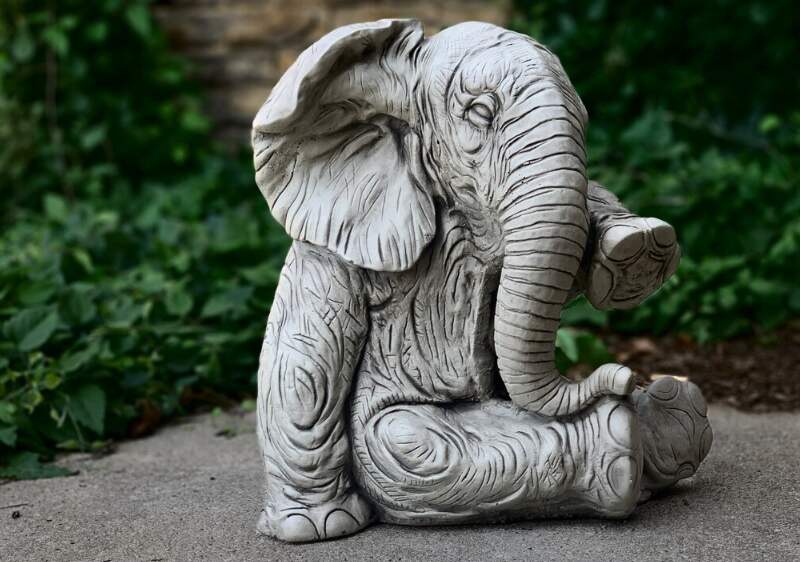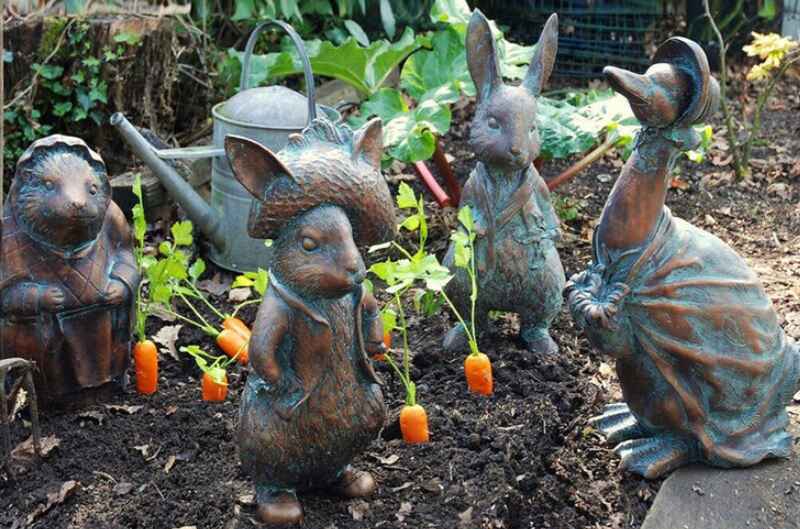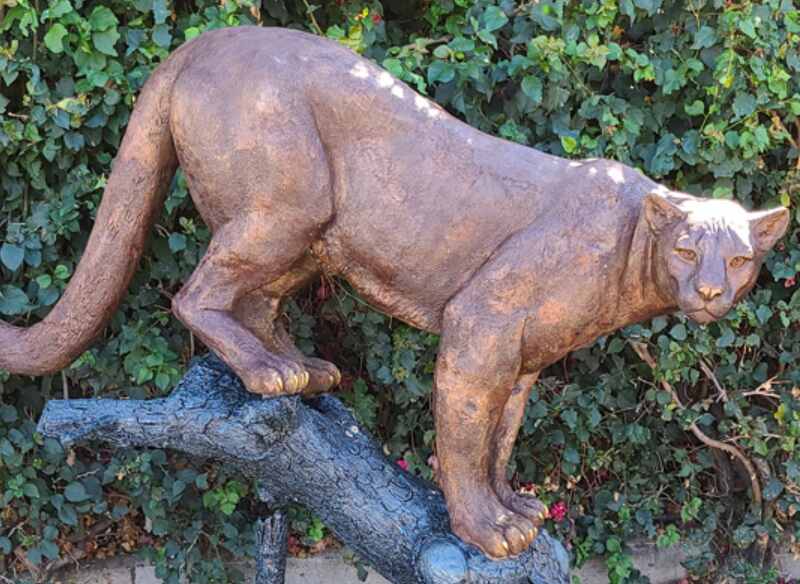When we think about ways to improve the look of our garden, the first things that generally come to mind are lush greenery and beautiful flowers. However, many more elements can be added to the big picture. Pathways, garden furniture, water bodies, ornaments, and other such examples can all help you create a beautiful masterpiece.
Animal garden sculptures are an example of a design element that may make a big difference in a garden. When chosen with care, they have the power to transform and elevate simple outdoor areas.
Bring Some Natural Whimsy to Your Outdoor Space
Animal garden statues can add some playfulness to your garden while also inspiring a connection with nature. Furthermore, because different animals frequently represent various attributes such as knowledge, power, or grace, you can use an animal garden statue to add symbolism or personal meaning to your garden.
Wildlife garden statues are a popular option to consider. Although they may appear out of place in a British garden, they are undoubtedly eye-catching. Not every suburban garden is home to gorillas and elephants, as well as a black panther lurking in the trees and rhinos, hippos, and monkeys dangling from the trees.
Statues of naive and cute animals, such as deer and rabbits, are a great addition to a garden designed in a natural style. Choose wild animals like tigers and lions for a taste of the exotic and unusual. These wildlife garden statues are a great option for an African safari theme.
Beautiful statues of hummingbirds and swans will give a touch of colour and movement to your outdoor environment while also providing a sense of imagination. You could even go for something more realistic—life-size reproductions of owls roosting on tree stumps are perfect for creating a magical forest environment in your backyard!
How to Decorate with Animal Statues
Animal garden sculptures are a great way to decorate your yard, tell a story, or even surprise your guests. You may also use them to highlight your garden by varying the height, colour, and texture of your environment. It’s not easy to make a lively themed garden with plants and flowers, but a collection of animal figurines may do the trick.
For example, if you want to add luxury to your landscape design, a pair of large lion statues can be installed near the entrance to the garden to help you make a powerful statement. An elephant statue can add a sense of peace and serenity to a meditation area or a secluded nook. If you’re searching for a quick mood lift, an otter put among dandelions will undoubtedly induce smiles.
When decorating with animal statues, keep in mind that each piece should serve a purpose, whether ornamental or functional. Yes, animal garden statues are both decorative and utilitarian. For example, if you have a bare space on your lawn, a magnificent statue can expertly disguise it. Alternatively, if you have an empty, shaded place where plants don’t thrive, you can fill it with a spectacular piece of art to complete your landscape decor.
What Is the Best Material to Use?
The material used to build your garden statues can affect not only the overall design you’re after but also how long your statue will last. Your garden statue will be left outside all year, so you must consider the effects of the sun, rain, wind, bird droppings, and other environmental factors. You’ll also want it to suit your garden decor. The following are the most common materials used to make garden statues and some helpful information about them.
Metal
Outdoor statues made from metal are beautiful and make a great addition to more formal gardens. Copper, aluminium, brass, stainless steel, bronze, and lead are all options that you can choose from. These materials are so strong that they can be used in large garden statuary. Of course, the larger the size, the more expansive it will be. Some metals, such as copper, develop a patina as they age, which you may or may not enjoy.
Natural Stone
Different types include limestone, marble, granite, sandstone, and others. Each has its own set of advantages, disadvantages, and price points. Generally speaking, natural stone garden sculptures are functional and long-lasting, as well as attractive in gardens.
Limestone is a natural substance that transforms into marble when subjected to high temperatures and intense pressure, so they share many similarities. For instance, you should avoid using any acid-containing cleaning agents on limestone and marble. Instead, use water and mild dishwashing soap.
Sandstone can be cleaned with moderately acidic cleaning agents, such as vinegar mixed with soap and water. Granite, a volcanic lava-formed rock, is resistant to acid.
Cast Stone
Cast stone statues are typically made in a mould with finely ground and refined concrete. They can also include other ingredients, such as ground-up glass.
Cast stone statues are available in a range of shapes, sizes, colours and styles. Their durability means less maintenance is required. A mild dishwasher soap is enough to clean these statues. They can be a great choice for locations where winters get cold. Because cast stone statues can be quite heavy, especially large models, you should consider placement before investing in one.
How Do You Know You’re Getting the Right Statue?
It can be difficult to tell if your statue will work in your garden until you have it in situ. This could be troublesome if you purchase the incorrect one and realise it does not look appropriate.
An excellent method to avoid this problem is to photograph your garden space and record an image of your suggested statue before purchasing it. It is simple to use Photoshop to place an image of the statue in your yard to get a good sense of how it will look.
The scale of your statue should, of course, be proportional to the size of your garden. A large animal statue will undoubtedly have a significant influence on your garden space and will provide an evident focal point. A group of tiny statues, on the other hand, could have a comparable impact.
Wrapping Up
The main thing to keep in mind while selecting your animal garden statue and determining where to place it is to choose a statue whose dimensions are proportional to the size of your outdoor space.
You May Also Like:

















